
Routes
An app that empower young people to select the most eco-friendly routes by providing information on the environmental impact of their choices.
Project type:
UI/UX case study
Duration:
9 weeks
Oct - Dec 2024
Roles:
UI/UX designer
Art director
Tools:
Figma
Adobe after effects
Problem statement
How can we empower young people to travel more sustainably and reduce their environmental impact?
Goals
Creating an app that empower young people to select the most eco-friendly routes by providing information on the environmental impact of their choices, along with incentives and rewards for making sustainable decisions.

Background
Before beginning the design process, I researched on the correlation between transportation and CO2 emissions.
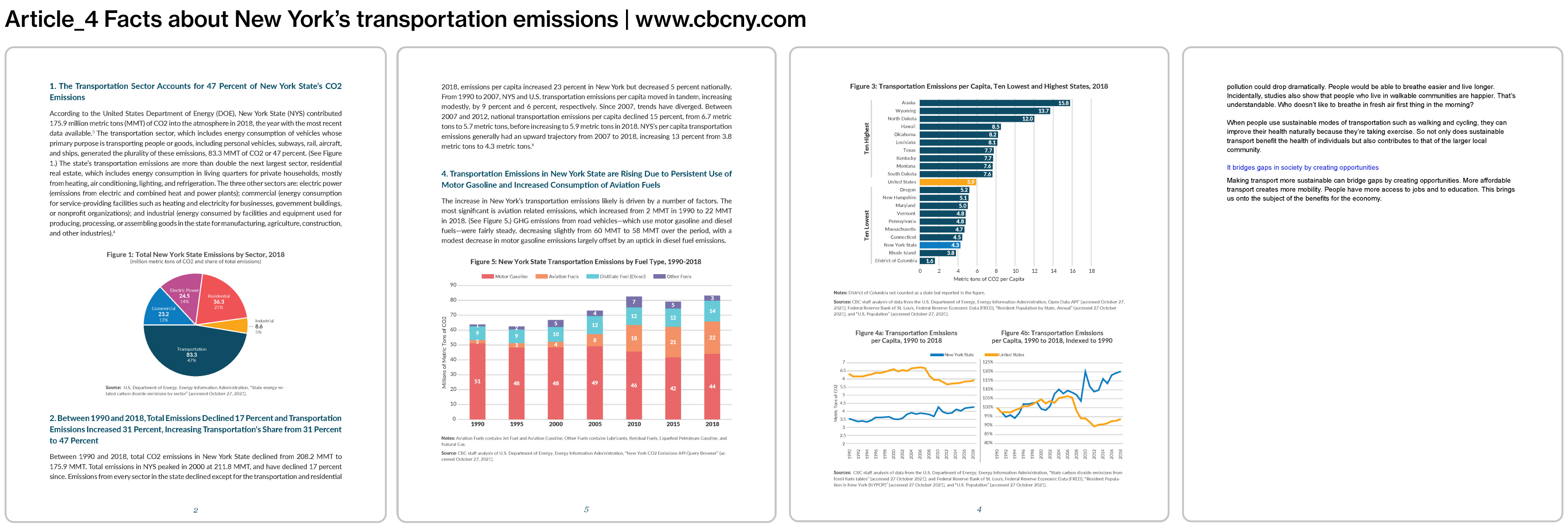
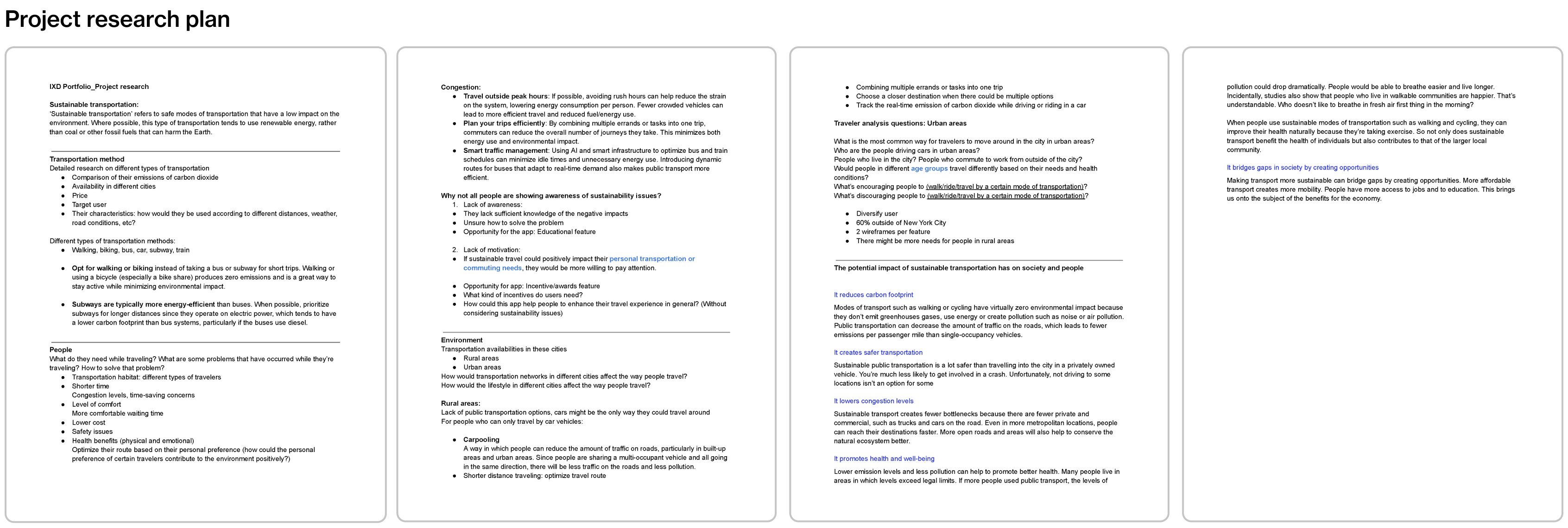
Key findings︎︎︎

User testing findings summary
I have developed user testing materials to explore transportation needs across various locations and cities. The findings validated my hypothesis on the significant impact of context and location on the features users preferred.
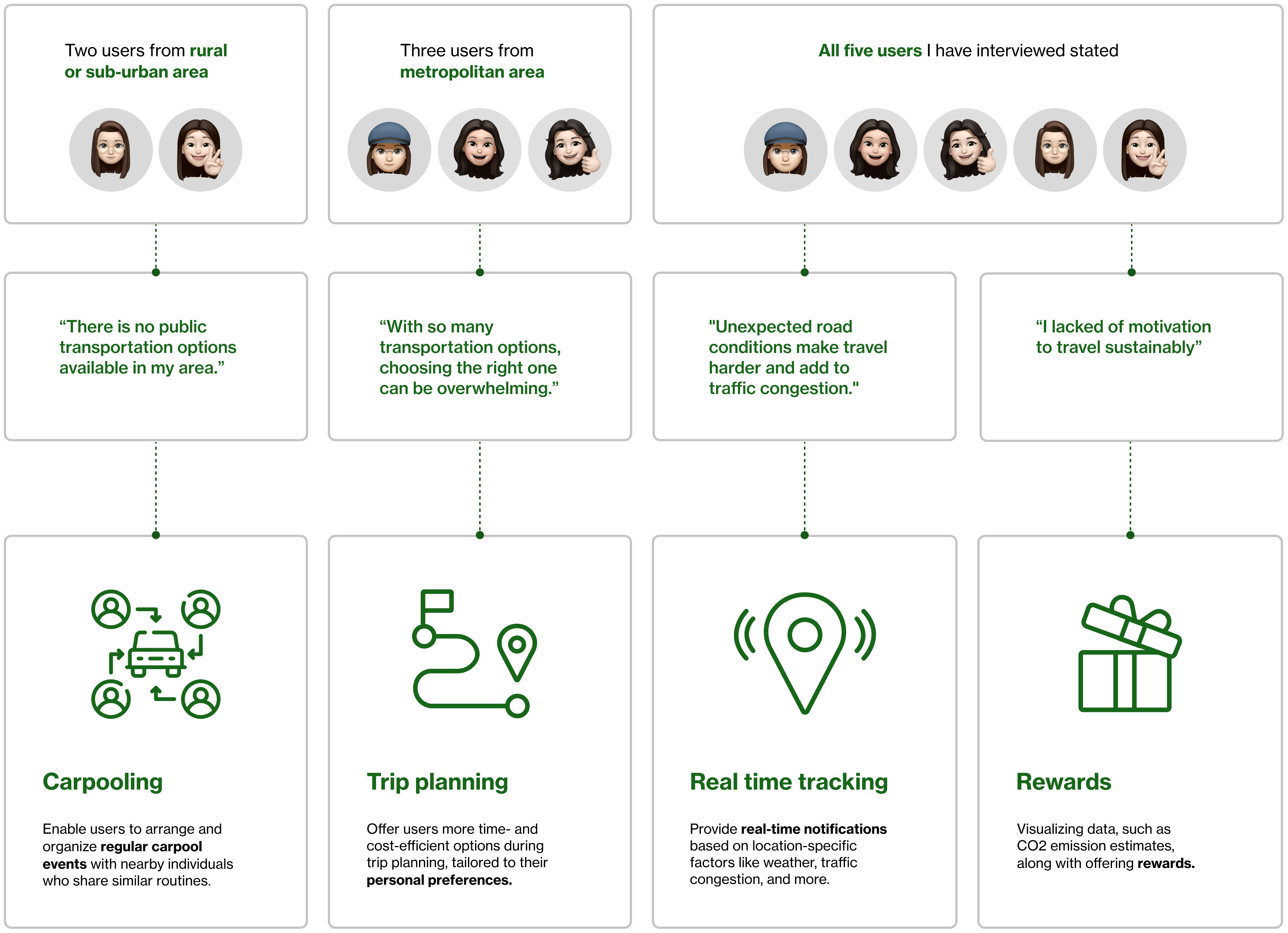
Marketing video︎︎︎
Key features
Carpooling
The carpooling feature allows users to find
nearby commuters and offer them a ride. Additionally, they can turn the carpooling arrangement into a regular event.
Trip planning
The user can split a single route or
transportation method into two,
reducing carbon emissions, while also
combining multiple errands and adjusting
transportation modes for greater efficiency.
A notification will appear on the homepage
to remind the user about their trip.
Real time tracking
While traveling, the app provides
real-time tracking of CO2 emissions
and traffic conditions, including alerts
for road congestion and closures.
After the trip, the user receives a detailed
analysis report on their CO2 emissions
and performance, along with rewards
for their sustainable choices.
Rewards and incentives
Users can view their monthly achievements
through visualized comparisons, track the
badges they’ve earned, and identify areas
to improve to reach their next goal.
Additionally, they can redeem incentives
to purchase eco-friendly products,
further supporting sustainable practices.
Visual design
The unique angles and shapes of the typography reminded me of the intersecting routes in transportation networks, inspiring the creation of various icons that reflect this dynamic interplay.
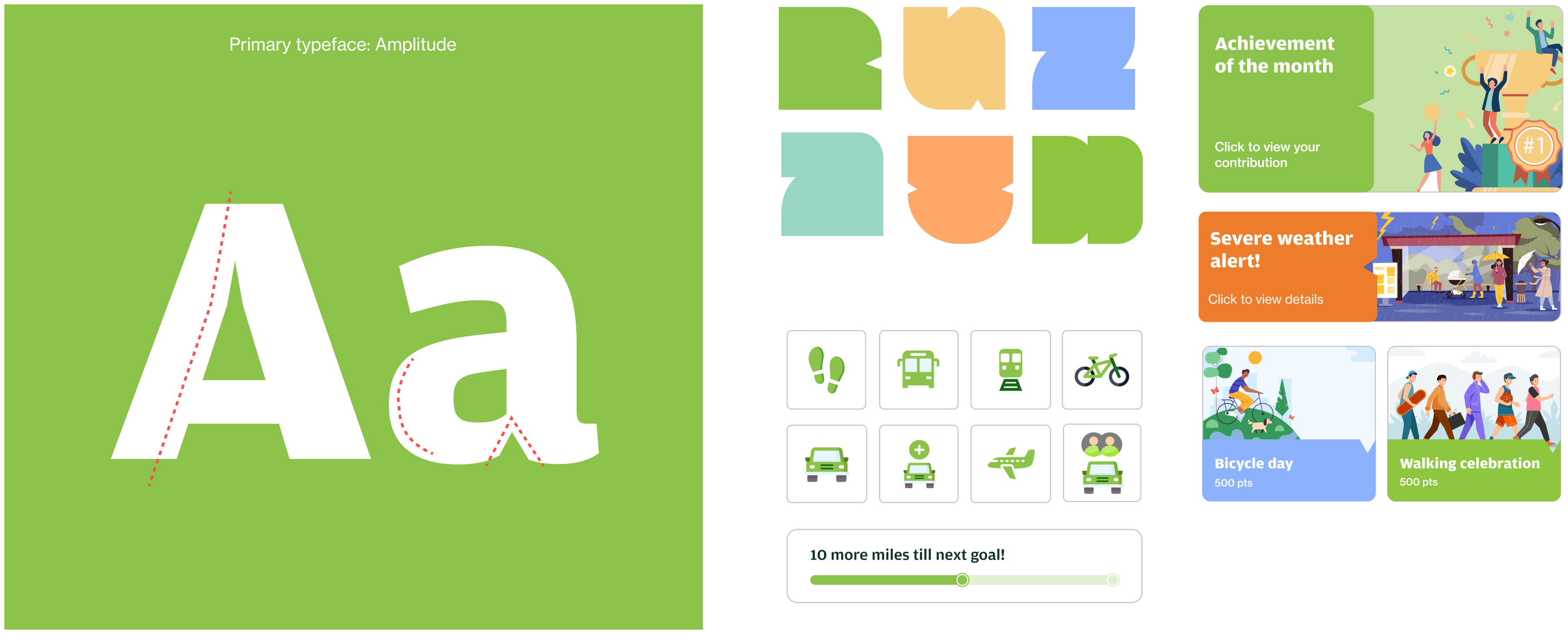
01. Research
Competitor analysis
Most apps don’t offer easy access to motivation, incentives, or clear goal tracking that users can relate to in their everyday lives, making sustainability feel disconnected from convenience and comfort.

Market positioning
By identifying gaps in the market and understanding the strengths and weaknesses of existing products, I determine the key areas to focus on and develop features and strategies accordingly.
By identifying gaps in the market and understanding the strengths and weaknesses of existing products, I determine the key areas to focus on and develop features and strategies accordingly.

User persona
I developed two user personas as hypotheses to explore daily transportation needs: one representing a student living in an urban area and the other depicting a working professional residing in a suburban area.
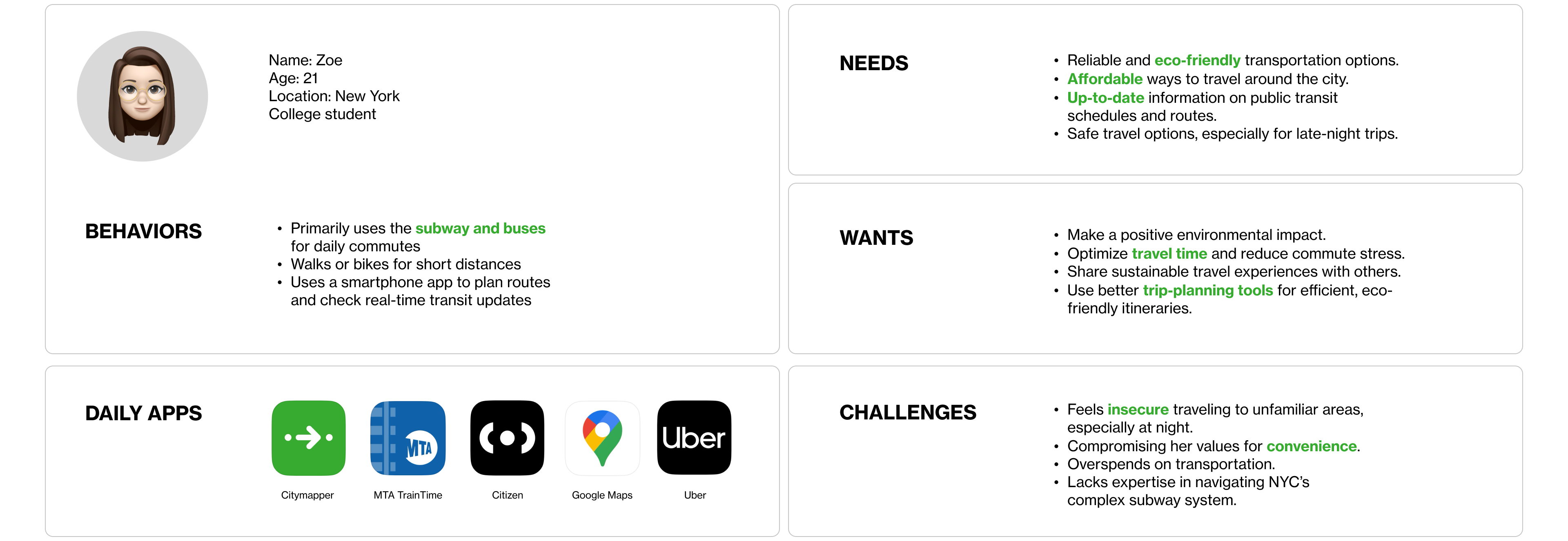

User journey map
Creating user journey maps to identify opportunities for developing features from the user’s perspective, helping them achieve their goals, enhance satisfaction, and solve their problems.
Creating user journey maps to identify opportunities for developing features from the user’s perspective, helping them achieve their goals, enhance satisfaction, and solve their problems.
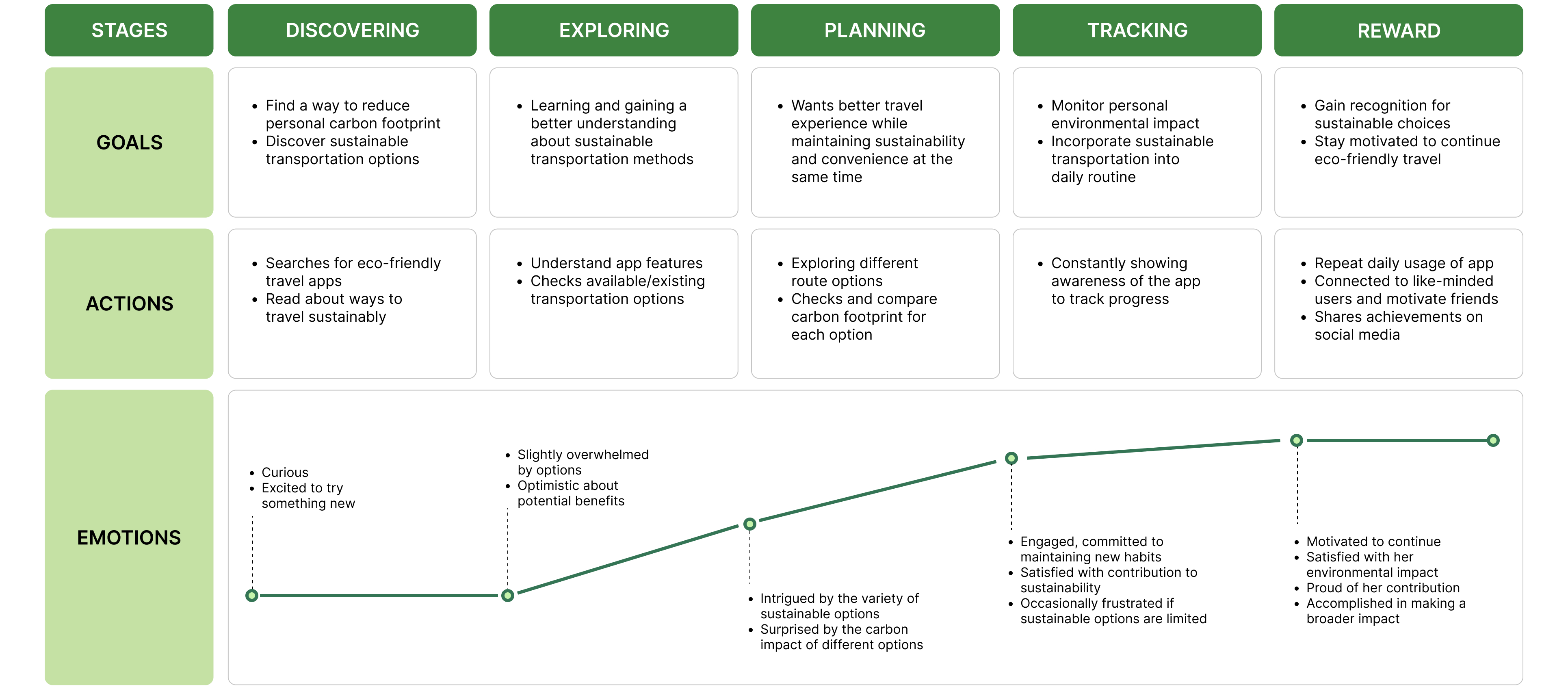
Information architecture
Developing the information architecture to outline the MVP features and key user flows. The details will be refined based on insights gathered from user testing.
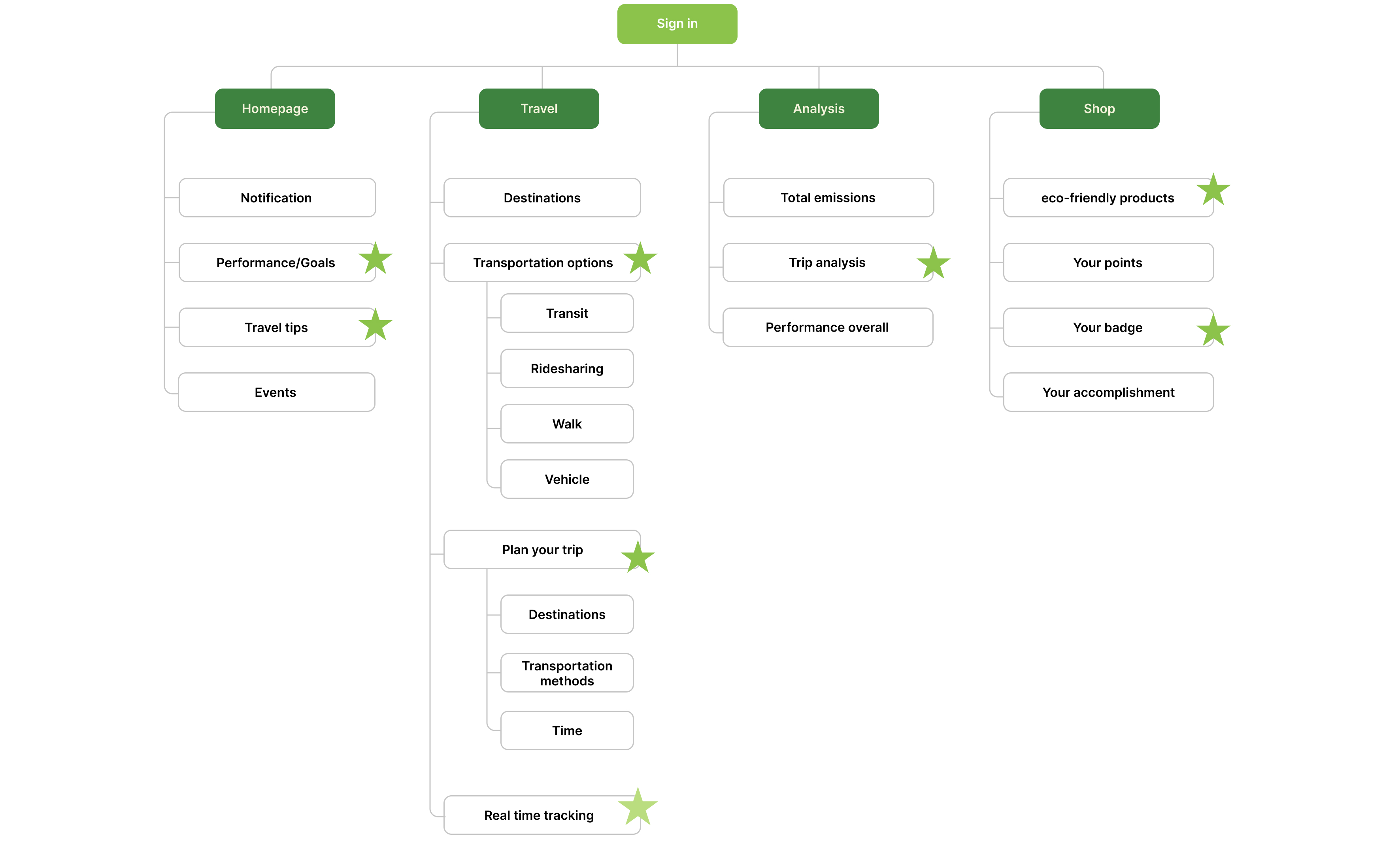
02. User testing
I have developed user testing materials to explore transportation needs across various locations and cities. I plan to interview three users from metropolitan areas and two users who either live or have experience living in suburban or rural areas.
Interview outline
Introduction: 3 mins
Background: 5 mins
About my product: 5 mins
Concept & feature testing: 10 mins
Feature ranking: 10 mins
Co-design + future: 5 mins
Wrap up: 3 mins
Background: 5 mins
About my product: 5 mins
Concept & feature testing: 10 mins
Feature ranking: 10 mins
Co-design + future: 5 mins
Wrap up: 3 mins

Interview progress︎︎︎
Testing synthesis
The interview results helped me identify user needs, considering each person's context and living habits. Based on testing feedback, I was able to conclude which features users liked most, found least useful, and determine the adjustments needed to enhance the experience.
Results & key learnings
100%
Living in rural/sub-urban areas loved the carpool feature.100%
Living in areas metropolitan area loved the trip planning feature.100%
Users mentioned about time and cost in relation to their choice100%
Users find data about CO2 release estimates very helpful80%
Users highlighted the importance of ratings and reviews for both drivers and fellow passengers when considering safety in carpooling.40%
Users mentioned that pick a seat is not a necessary feature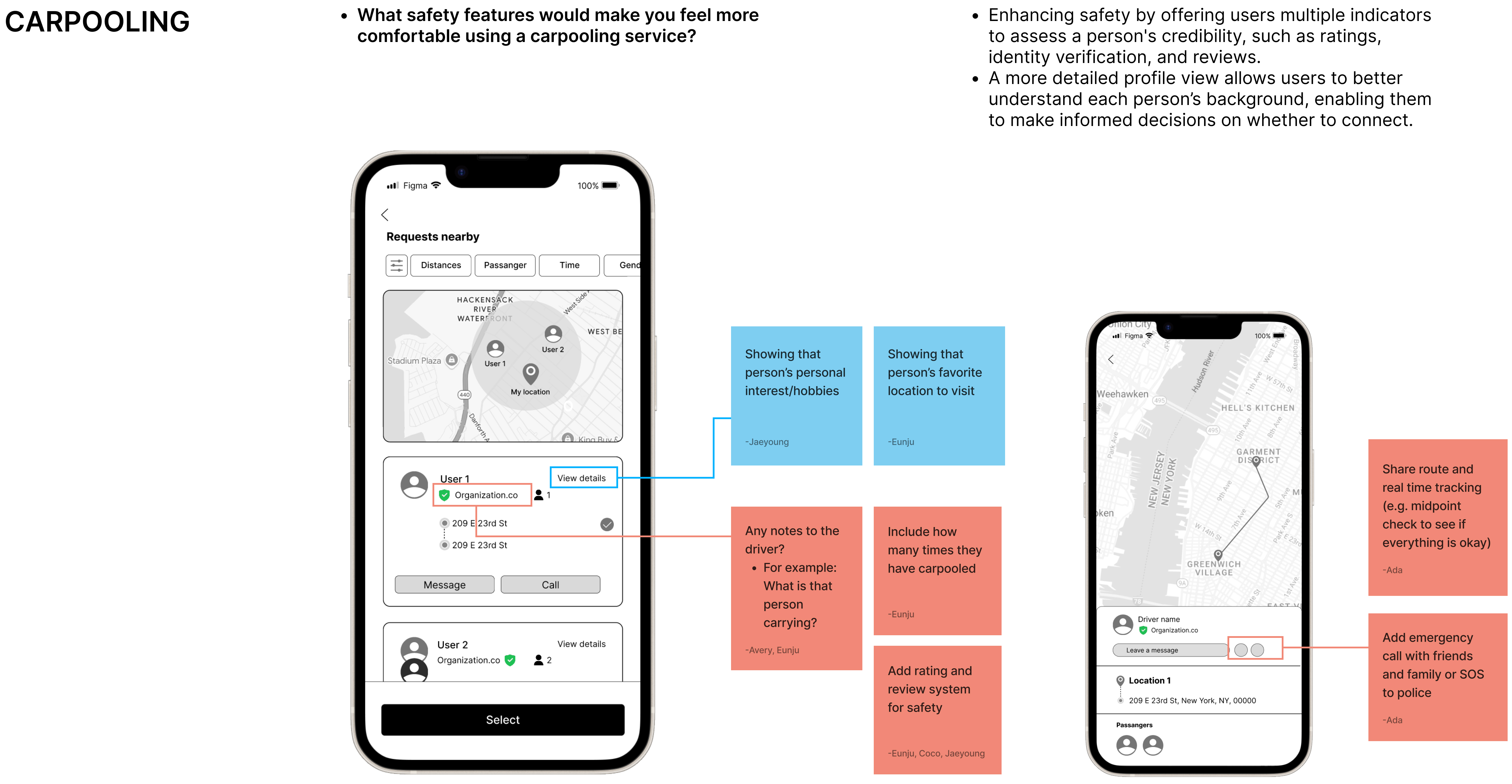
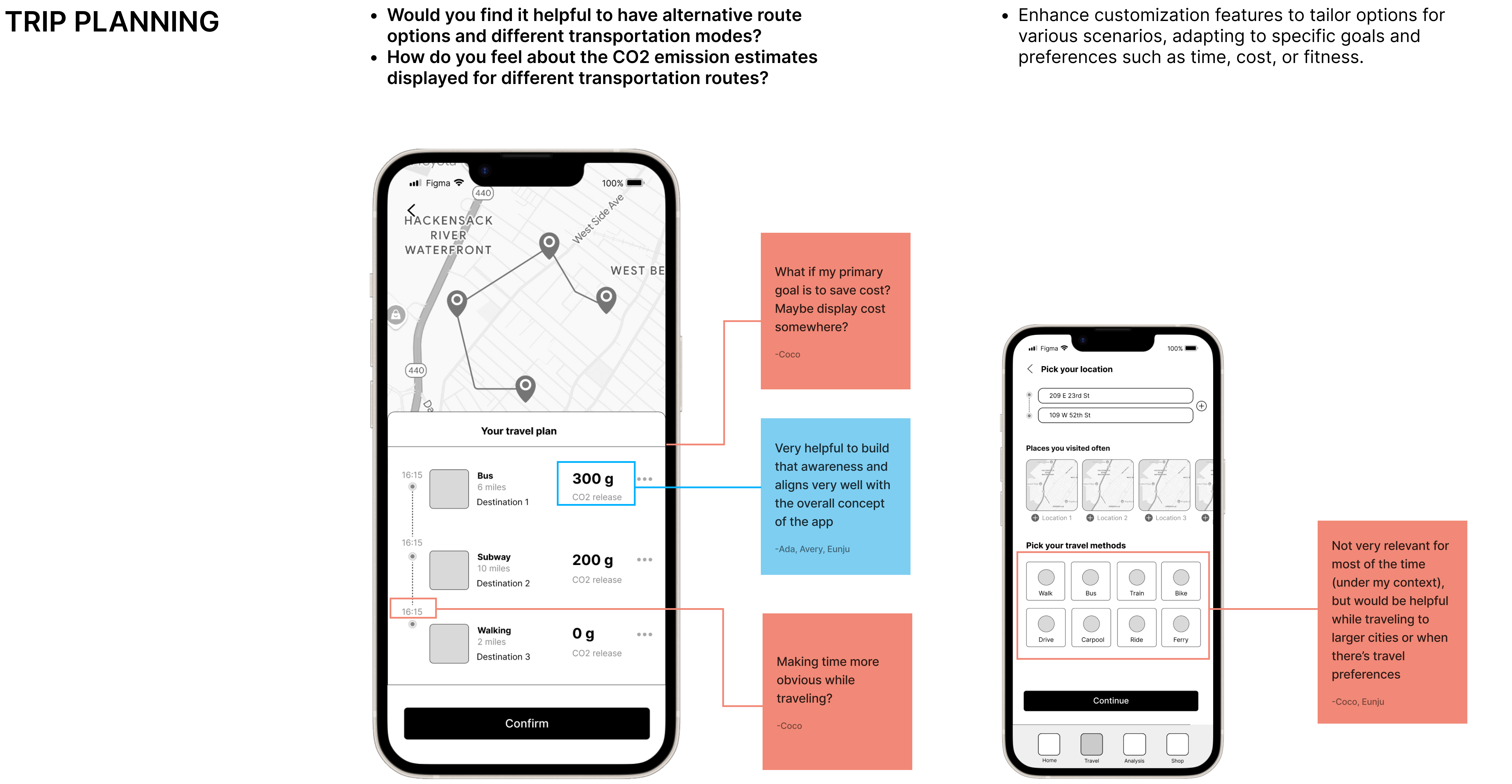
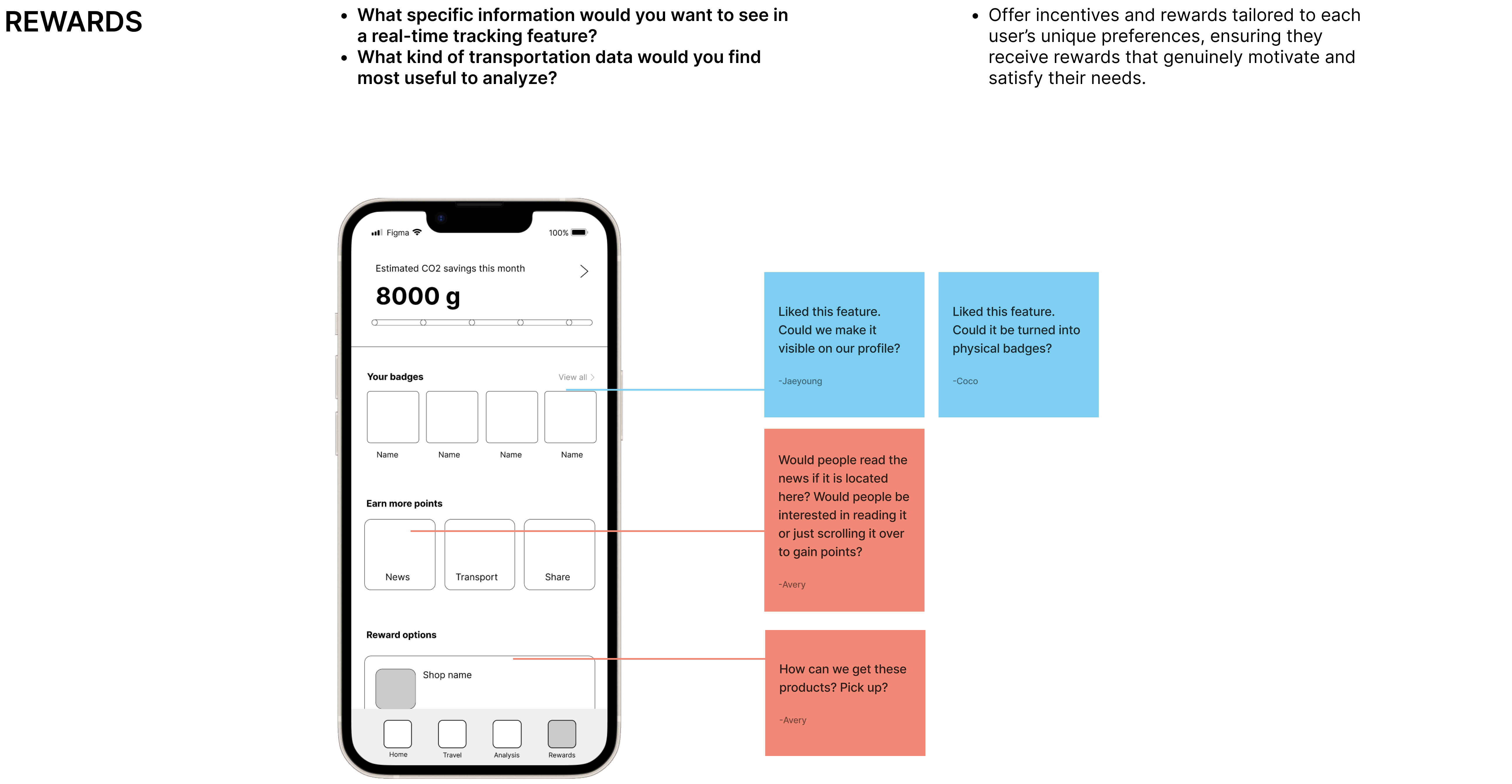
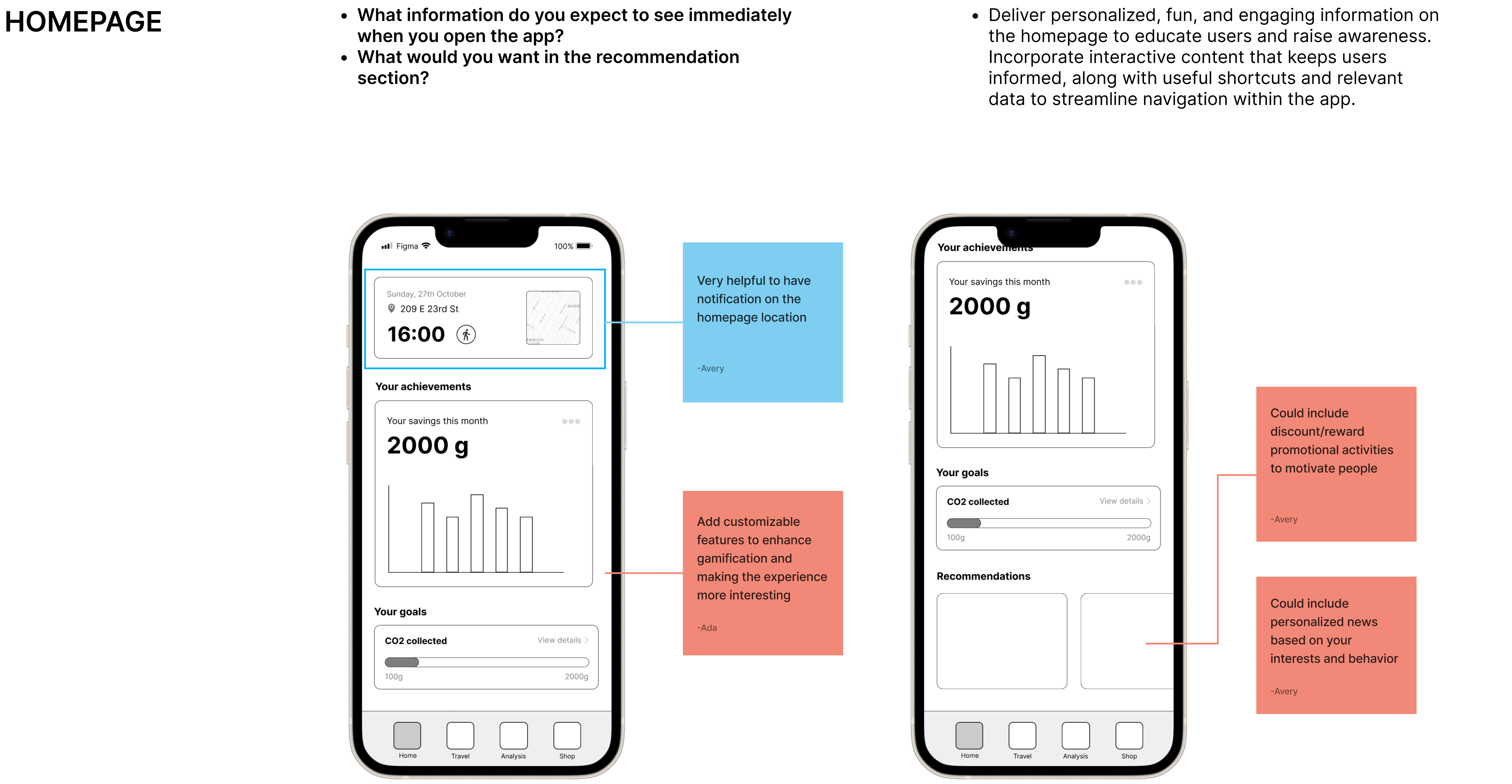
Key takeaways & reflection
After conducting user testing, I recognized the significant impact of context and location on users’ decision-making regarding the features they preferred, which validated my hypothesis. Carpooling and trip-planning features were especially influenced by users’ locations, as urban and rural environments shape their relevance and appeal. Conversely, preferences for features like real-time tracking, travel analysis, and rewards varied more based on each individual’s personal interests and daily habits. This distinction highlights the importance of tailoring features to both geographic and lifestyle factors.
I was pleased to discover that all users found visualizing CO2 emission estimates to be both helpful and important. Initially, I was concerned that this information might induce anxiety or decrease motivation, but their positive feedback reassured me of its value in promoting awareness and encouraging sustainable choices.
In future research, I aim to interview a broader range of users in diverse environments, including those who drive themselves, as well as a more varied age group and occupational backgrounds.
I was pleased to discover that all users found visualizing CO2 emission estimates to be both helpful and important. Initially, I was concerned that this information might induce anxiety or decrease motivation, but their positive feedback reassured me of its value in promoting awareness and encouraging sustainable choices.
In future research, I aim to interview a broader range of users in diverse environments, including those who drive themselves, as well as a more varied age group and occupational backgrounds.
Testing details

03. Refinement from user testing
Conclusion
“Although infrastructure improvements may take time to implement, we can still find ways to raise awareness and drive progress in the meantime.
We envision a future where sustainable transportation is the norm, creating cleaner cities, safer travel, and healthier lives.”
We envision a future where sustainable transportation is the norm, creating cleaner cities, safer travel, and healthier lives.”

What I have learned
From creating this app, I’ve learned just how valuable collaboration and user feedback are in the design process. I was genuinely surprised by the number of thoughtful suggestions my friends provided regarding different features. This process also highlighted the importance of understanding the context and behavior of each user. A good app isn’t just functional; it’s intuitive and tailored to the unique needs of its audience.
In the future, I plan to involve users earlier in the design process and develop more structured methods for gathering their feedback. If this app were to be launched, I’d love to integrate advanced technology that enhances transportation infrastructure, ultimately improving the overall experience and quality of life for users.
In the future, I plan to involve users earlier in the design process and develop more structured methods for gathering their feedback. If this app were to be launched, I’d love to integrate advanced technology that enhances transportation infrastructure, ultimately improving the overall experience and quality of life for users.
